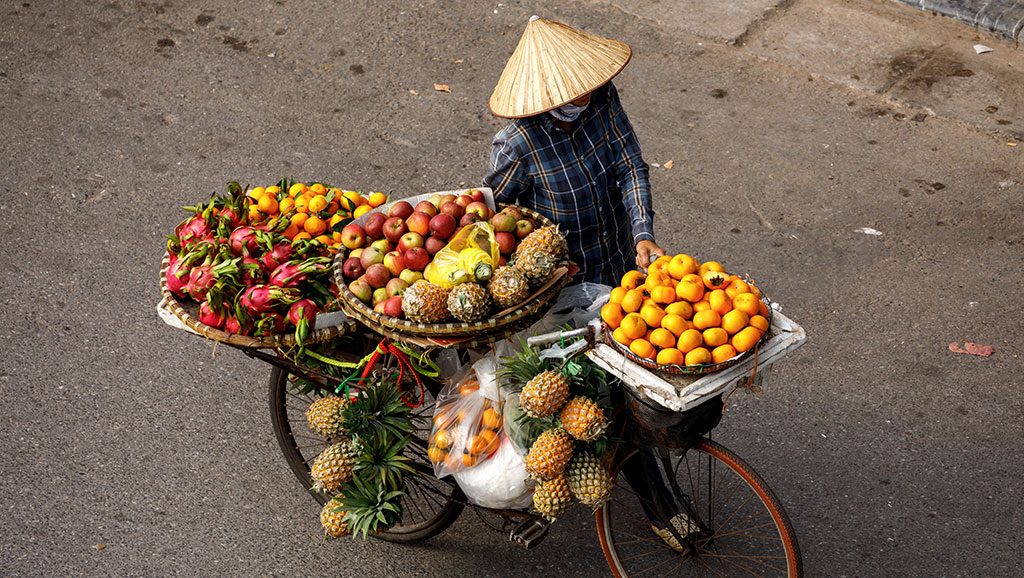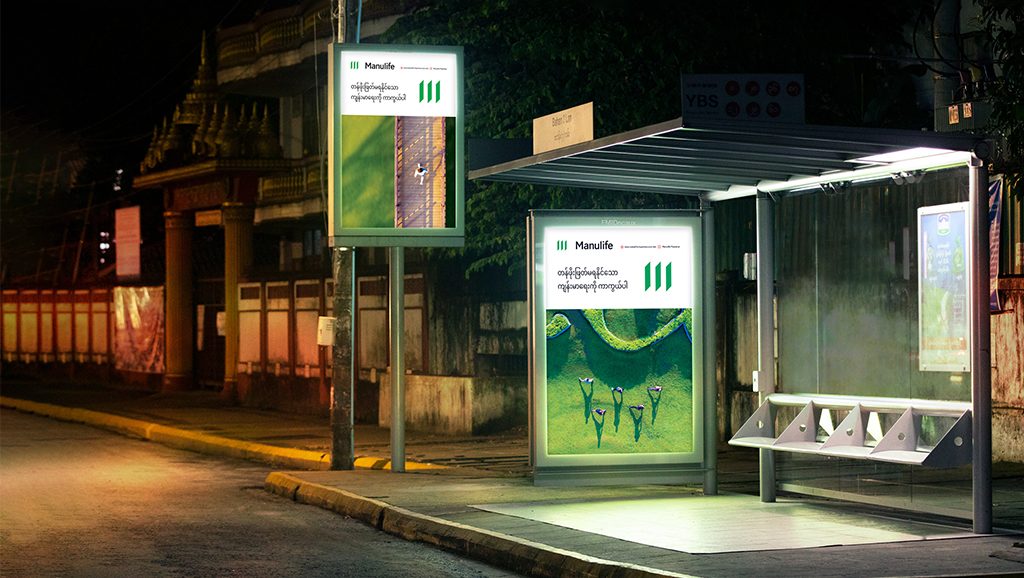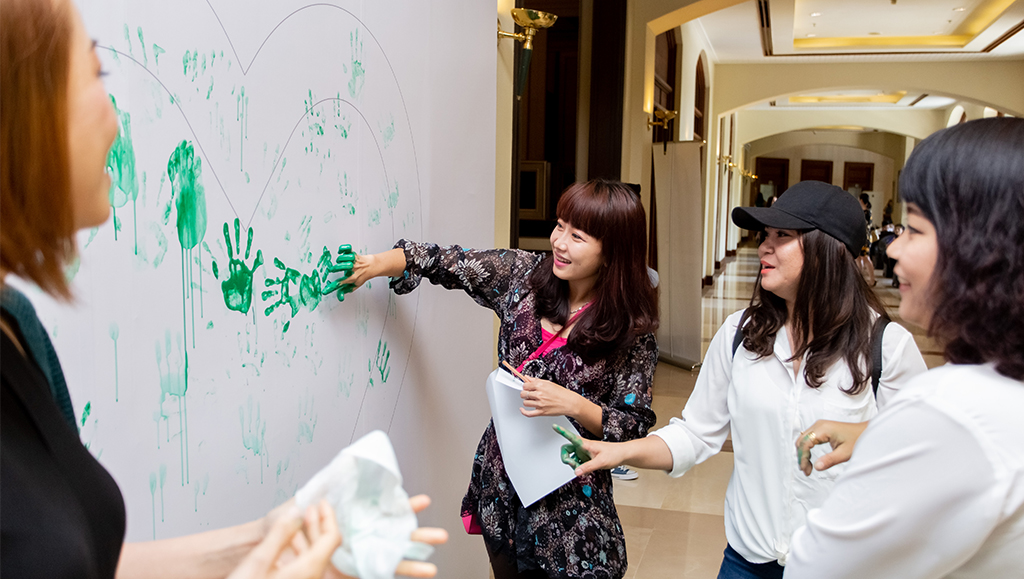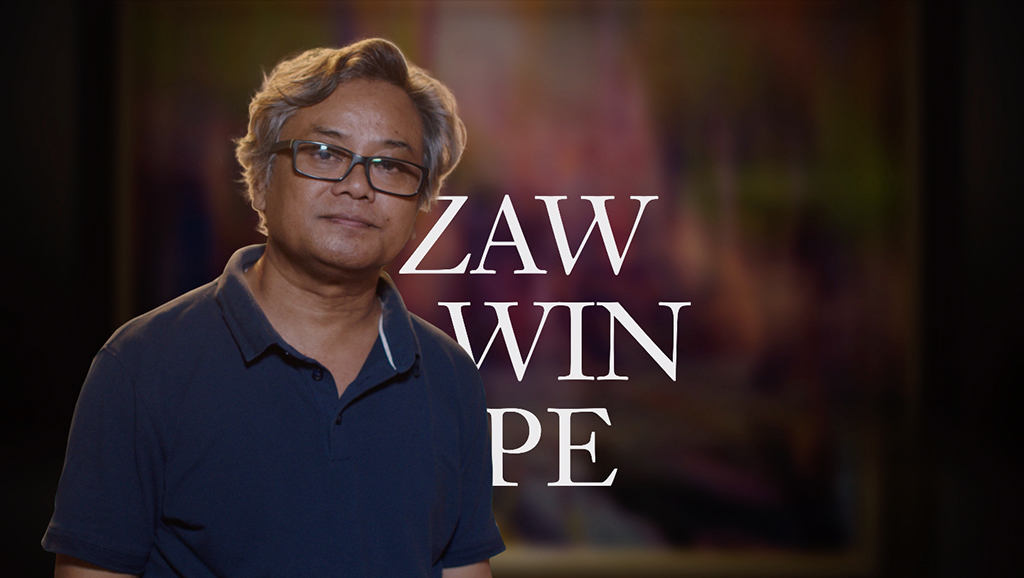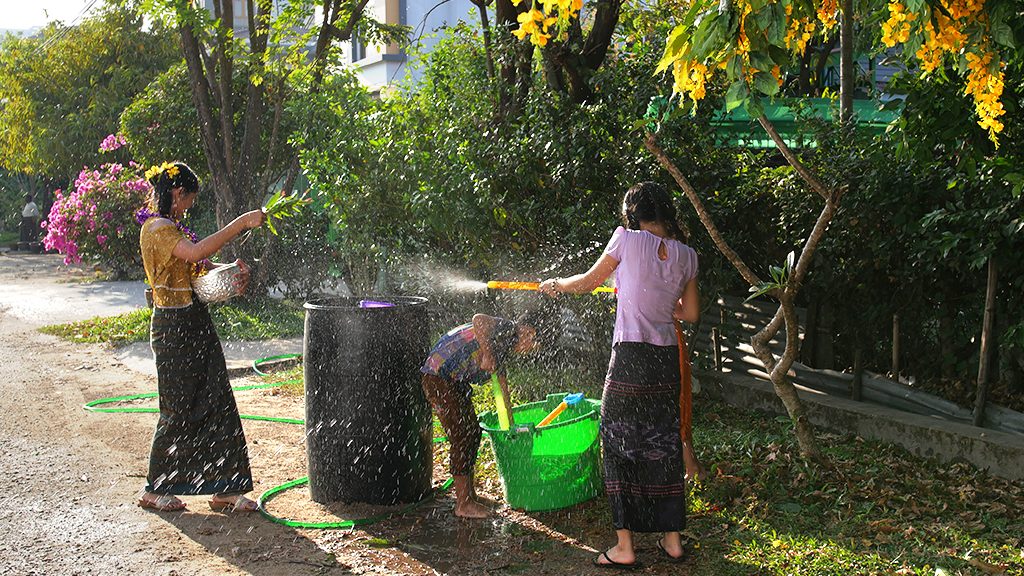
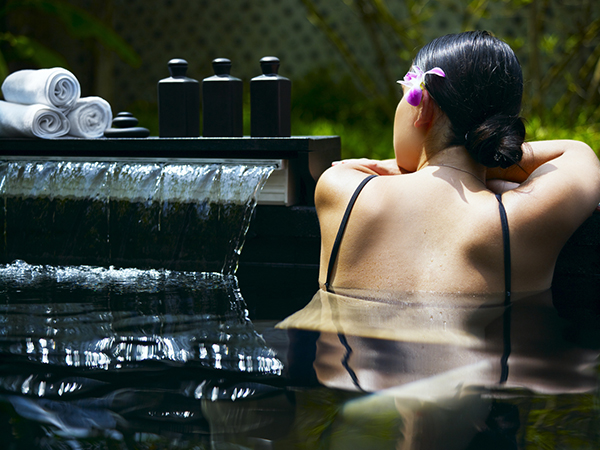
Spa treatments have been a fast growing part of the luxury travel and hospitality market for years now, and the trend shows no signs of stopping. While many travelers just want a massage and a bit of pampering, more people than ever are now taking personal wellness holidays centered around the spa experience. These consumers are educated and demanding, and the wellness spa industry is responding to their needs.
Spas may feel like a cocoon of luxury within the country they’re in, but their customers want an authentic and indigenous experience, firmly grounded in the physical place. Due to this desire, spas are increasingly turning to the traditional, whether it’s Ayurvedic yoga in India, ancient Chinese medicines, or traditional massage in Thailand and other Southeast Asian countries. And while healthy eating or cleanses are a part of any spa holiday, more and more often the retreats are offering local superfoods, herbs, spices, and ancient grains.
The latest trend in the industry is catering to guests who want more than just treatment or a one-off detox. Spa goers today want to carry on the benefits of the wellness after they leave, to be able to incorporate the healthy lifestyle they experienced during their visit into their everyday lives. Spas and wellness retreats have responded by offering further education, customized plans to help build healthy habits, and follow up programs.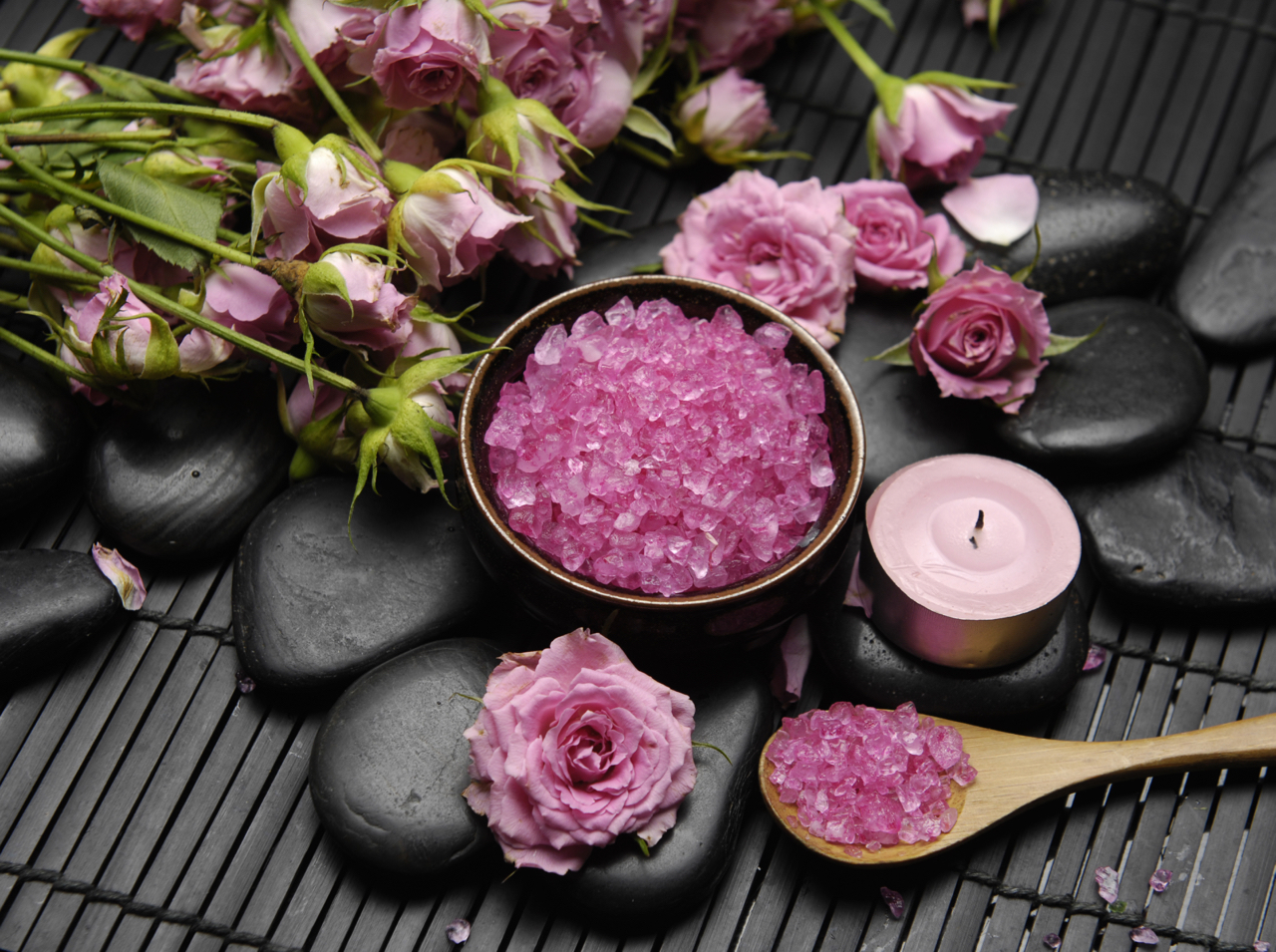
At the forefront of this trend is GOCO Hospitality, the international spa and wellness consulting and management group. Their GOCO Retreats are tailored to this exact need. GOCO Retreats’s wellness programs are more than a luxurious getaway from the stresses of everyday life (though they are certainly that). More than just helping guests decompress, they aim to be a supportive partner helping people achieve wellness of body and soul, and finding what they call a ‘wellness way of life’ – even long after they return home.
GOCO Hospitality have operated luxury spas for years now in Europe and the Middle East, and have always consulted with major hospitality brands such as Ritz-Carlton and Starwood on their spas. With the GOCO Retreats however, the Bangkok-based company is turning its sights homeward, toward Asia. Set to open in the next few years are two locations in China, one in Bali, another in Thailand, and one in Bhutan. Barcelona and Germany will be the only GOCO Retreat properties outside of Asia.
The Bali property will open in Ubud on 18 hectares of rolling hills and terraced rice fields. The retreat will offer suites, Balinese-inspired villas with private pools, and long-stay apartments. As with all GOCO Retreats, the Ubud retreat will tick a long list of spa staples, from an Ayurvedic centre, tea lounge and juice bar, dialogue rooms, and extensive wellness programs and activities. Unlike most spas and wellness retreats though, they will also feature an organic farm, artists’ village, and an aromatherapy distillery.
Yoga may be from India, but Southeast Asia has its own incredibly rich tradition of health and wellness. From a diet chock-full of superfoods like turmeric and coconut oil, to world-renowned massage techniques, the ASEAN countries are a natural destination for travelers seeking a dose of tradition and spirituality in their spa experience. The rapid growth of upscale wellness-centered properties presents luxury travelers with a wide array of spa and health retreat options. The region’s beautiful beaches, tropical islands, and mystical mountain landscapes certainly don’t hurt either.
Across the ASEAN region, established spas continue providing guests with the height of luxury travel and hospitality, and new properties seem to open every month. As the industry changes in response to the demands of its customers, Southeast Asia finds itself at the forefront of what’s new and different. The region has the tradition, it has the hospitality, it has the natural beauty, and it has the investment money. That these countries are leading the way will surprise nobody who’s been paying attention to their growth.



